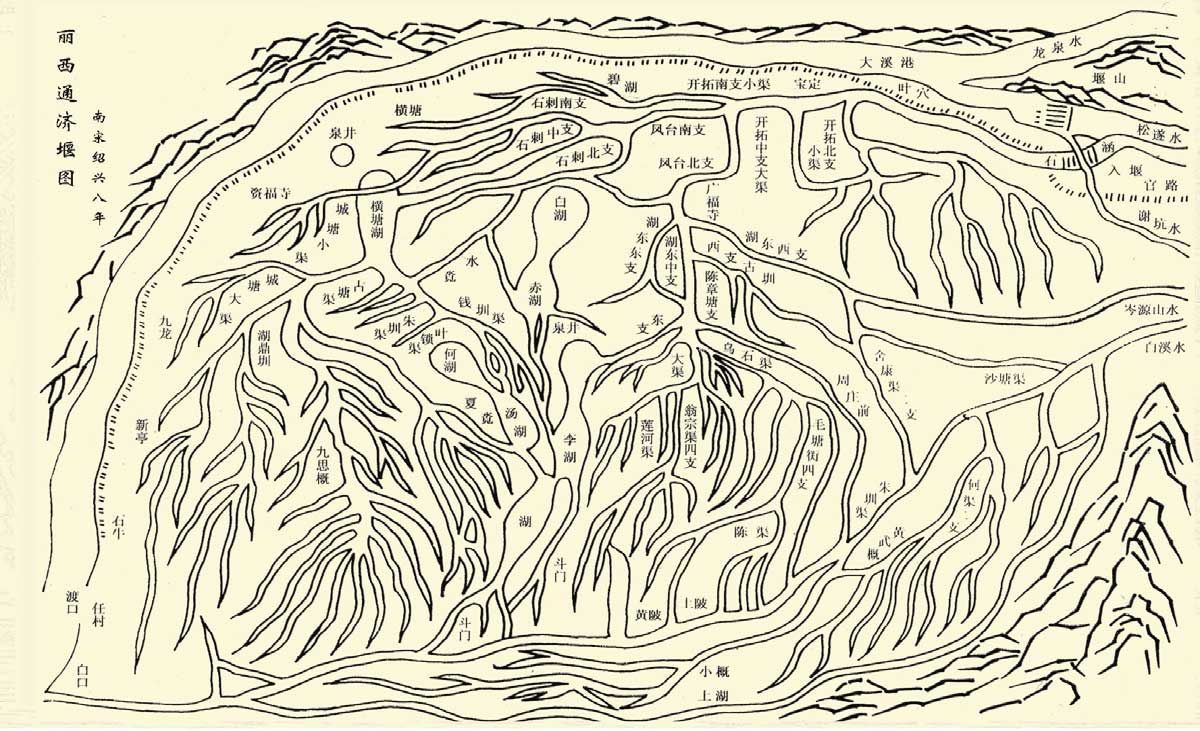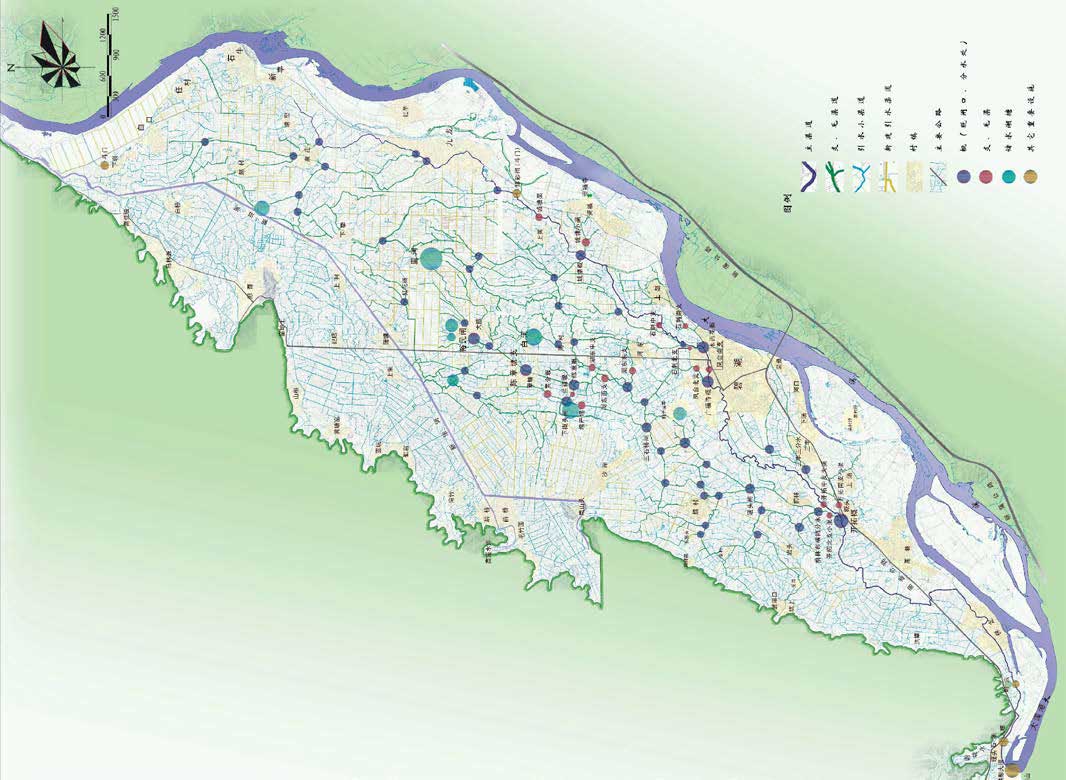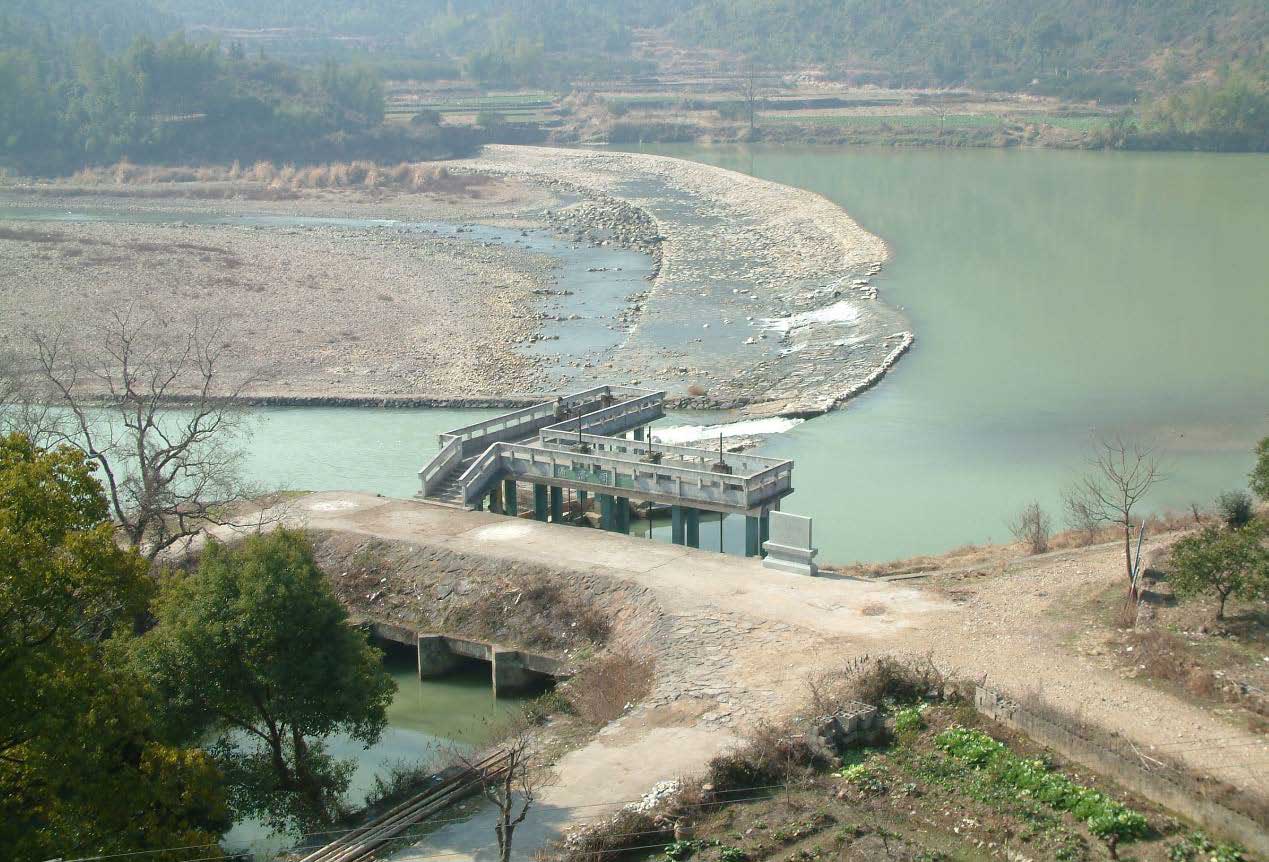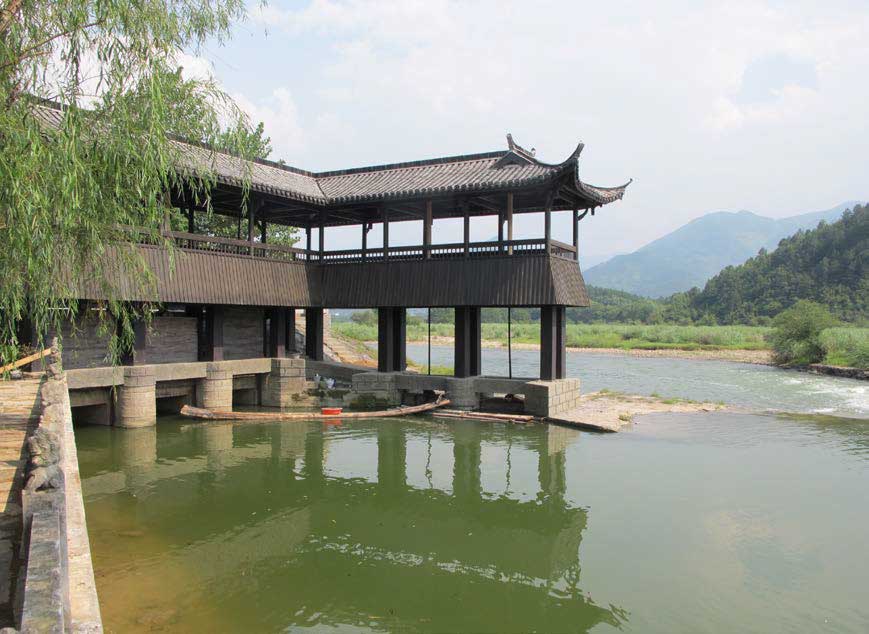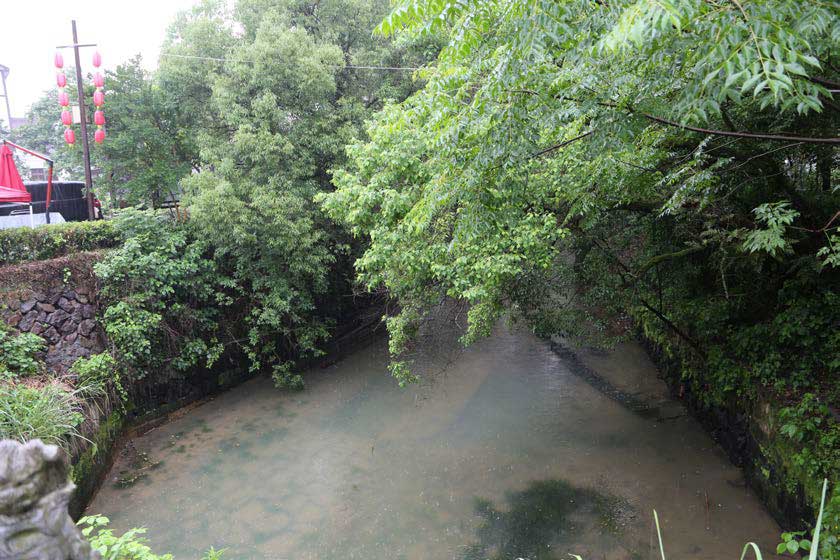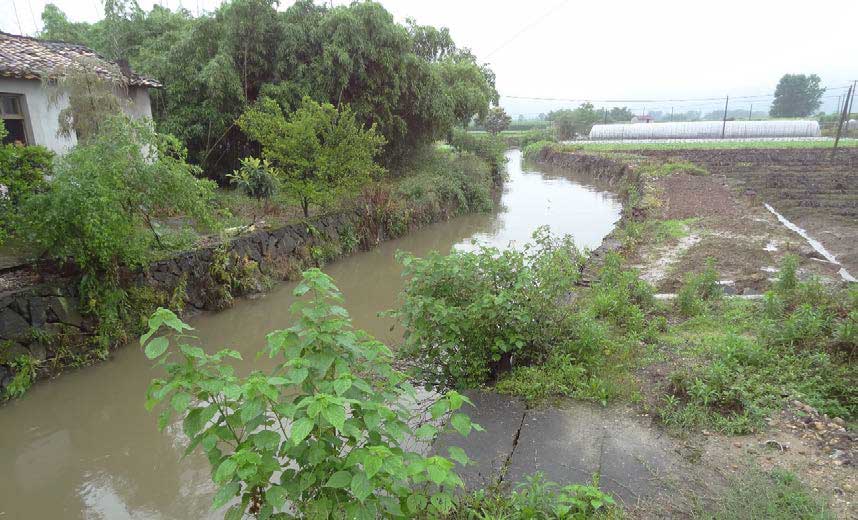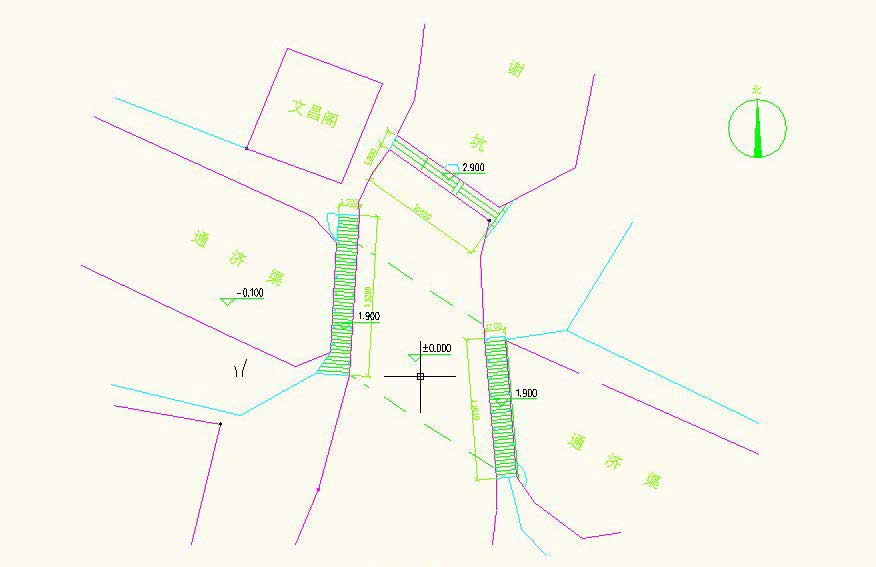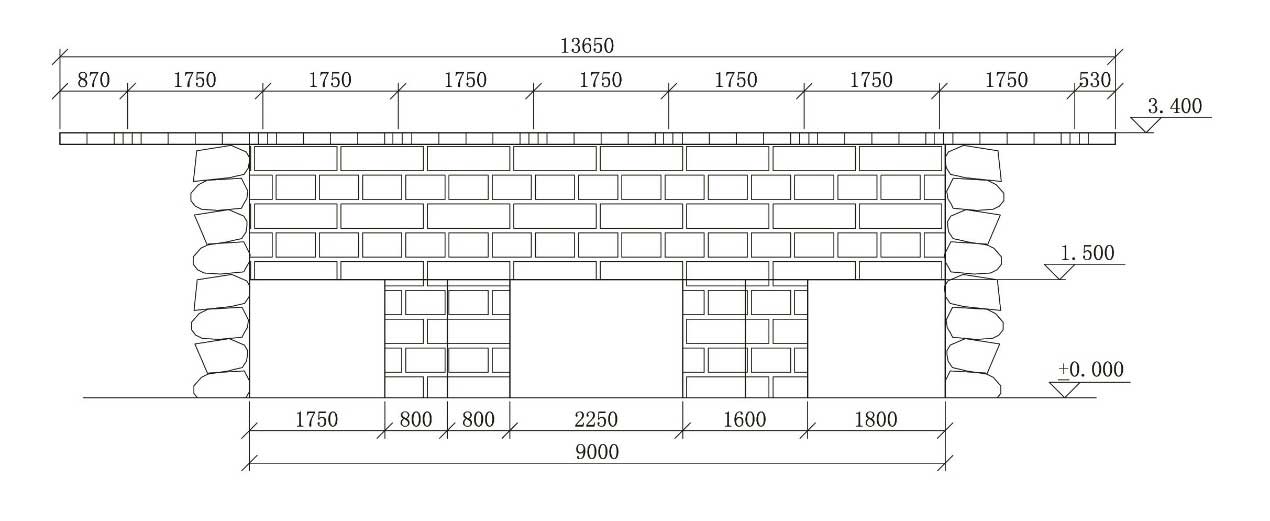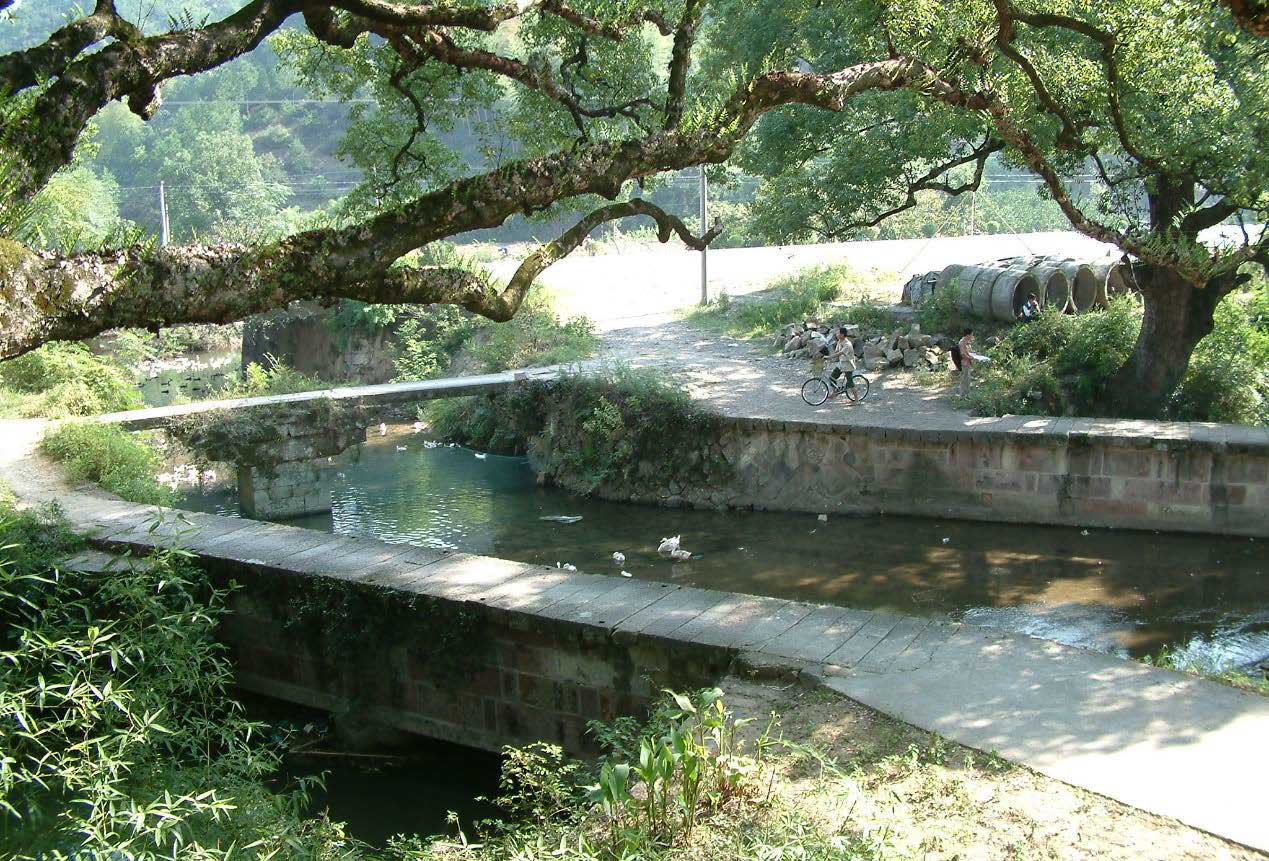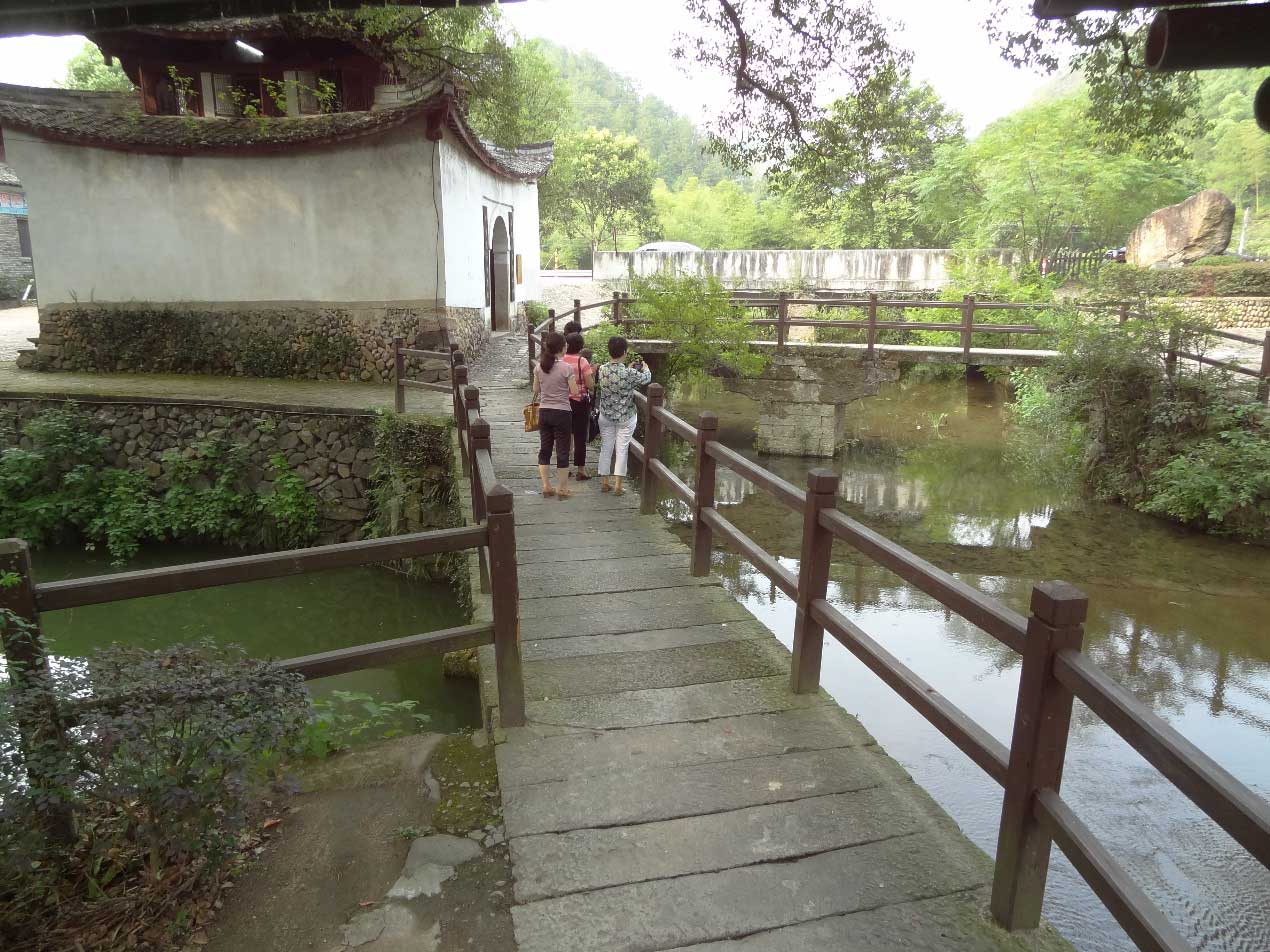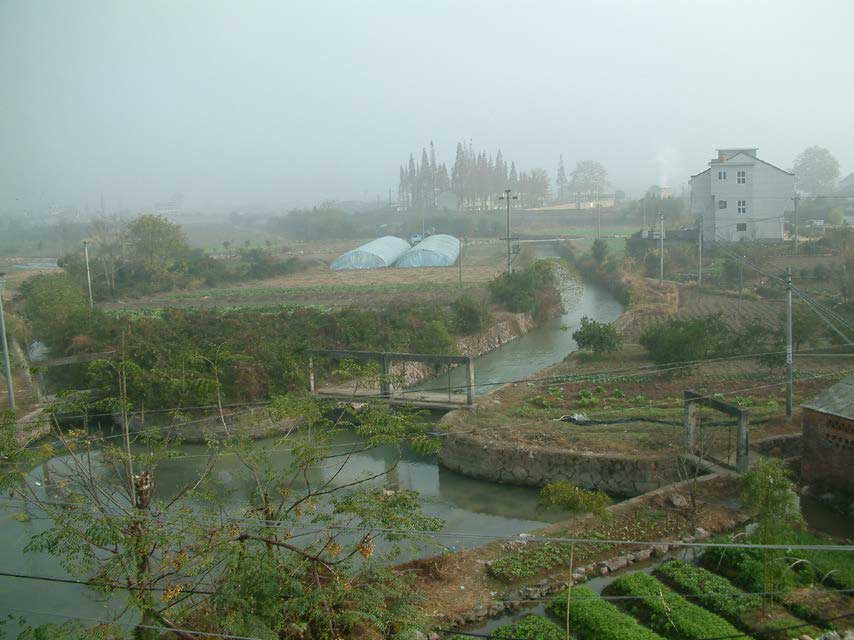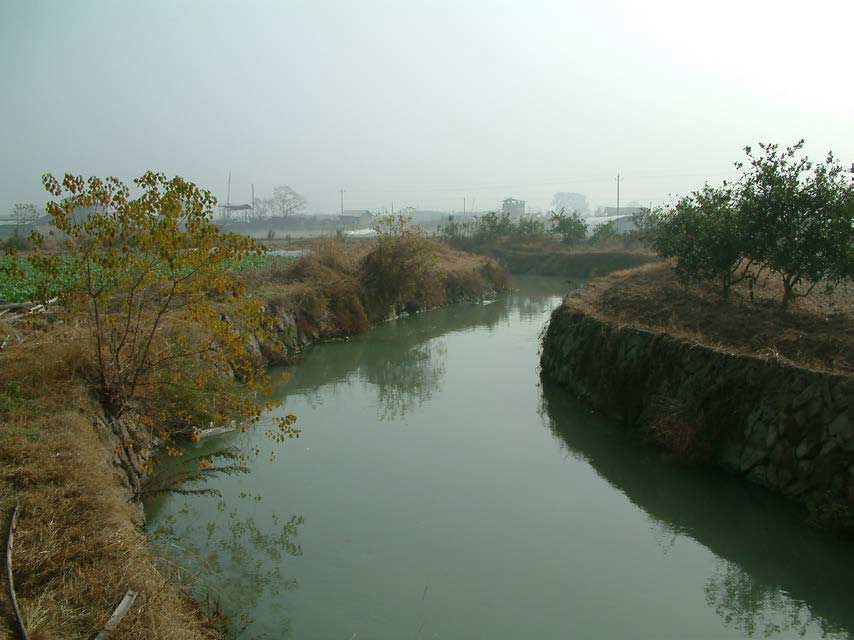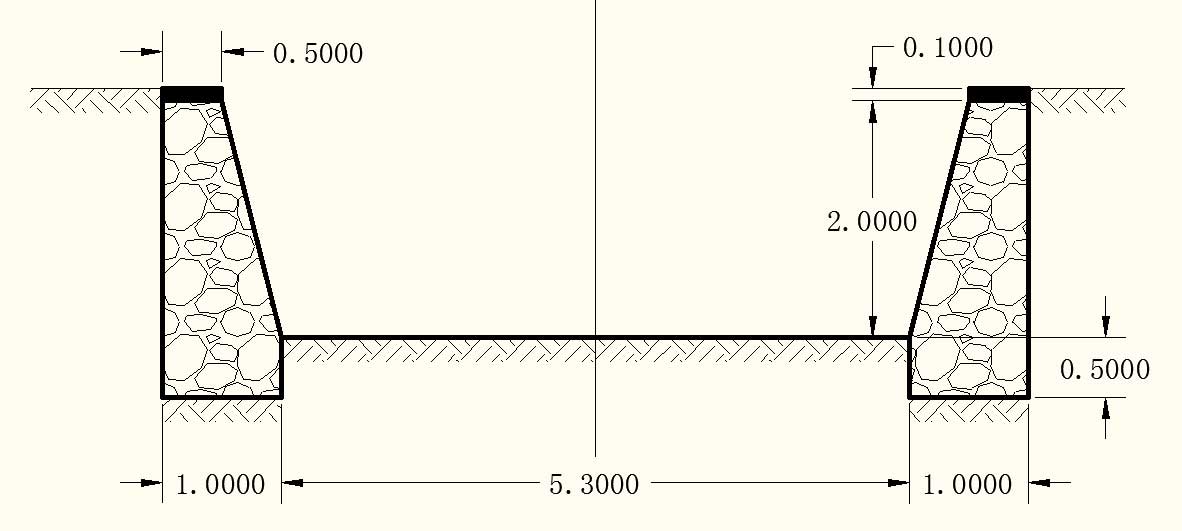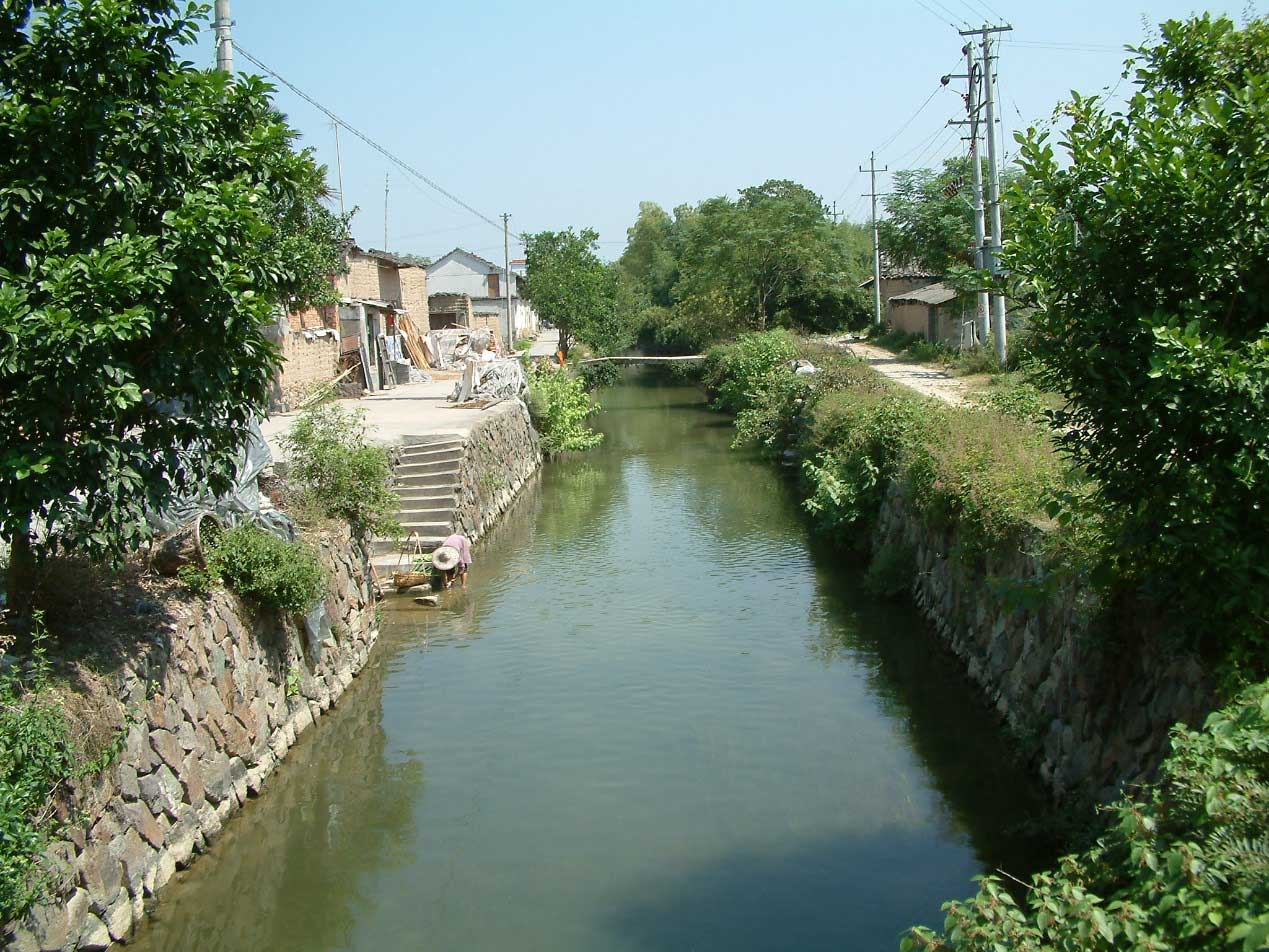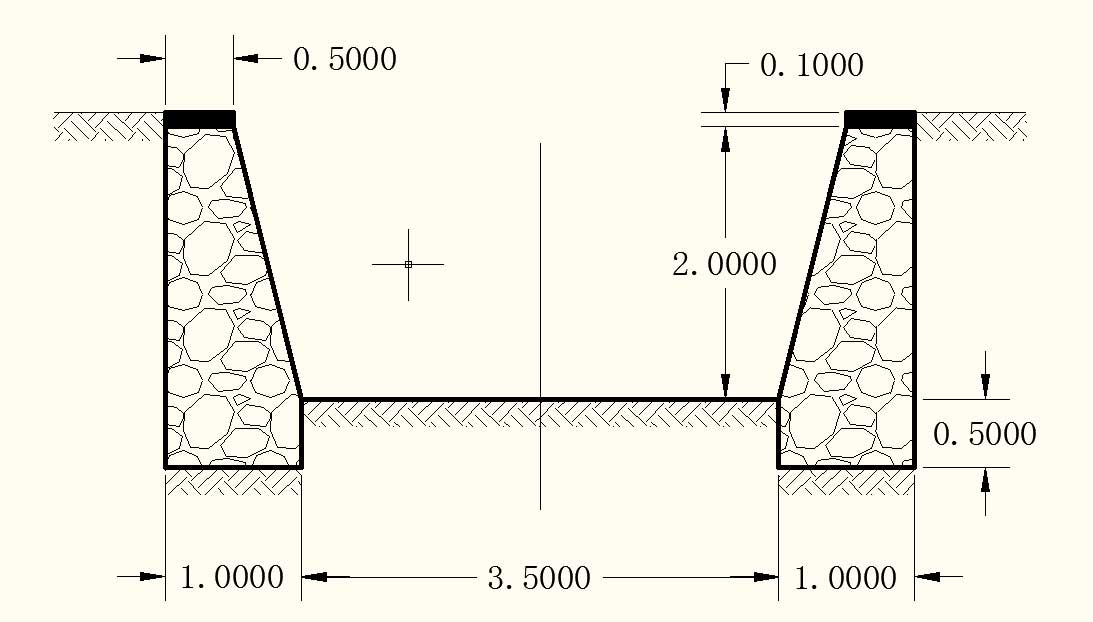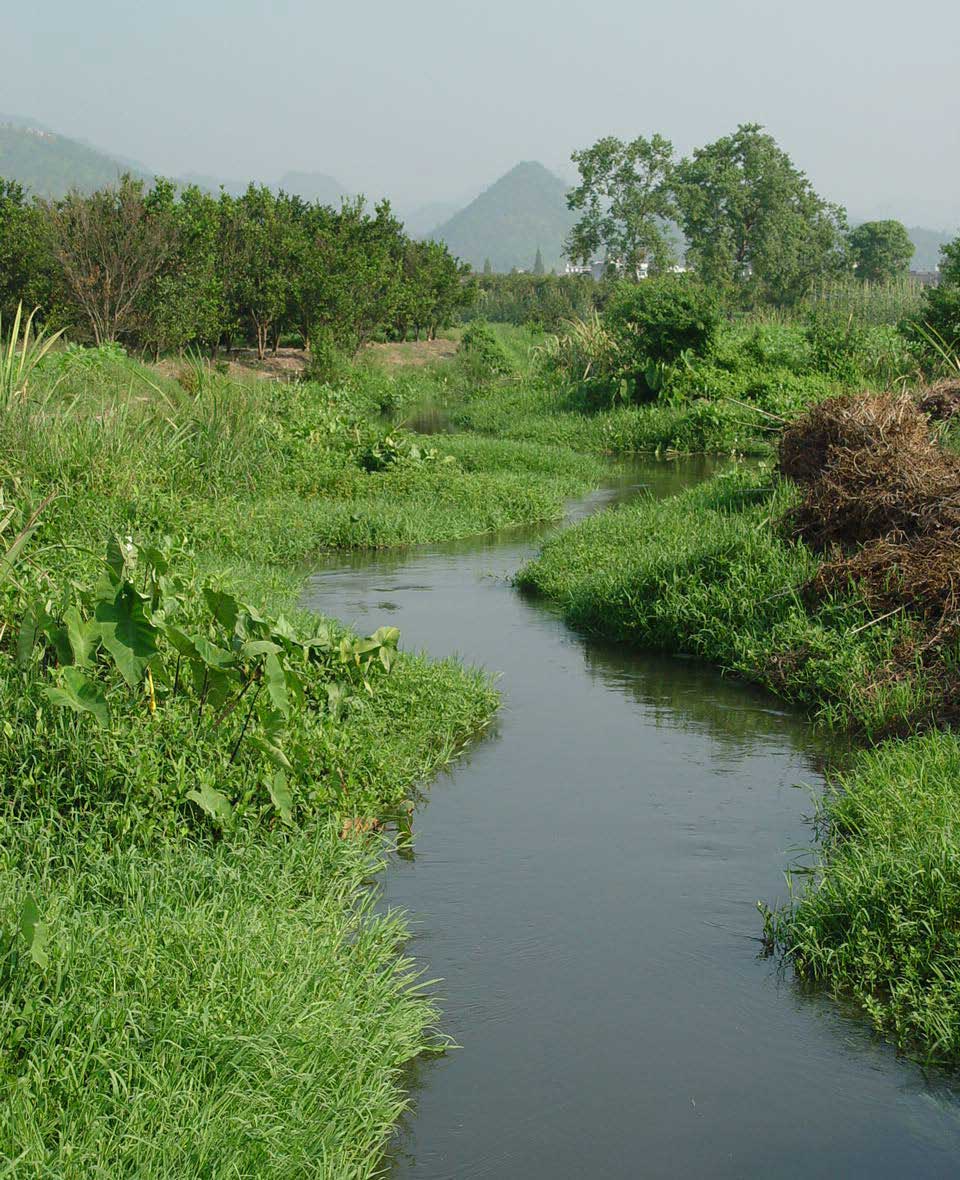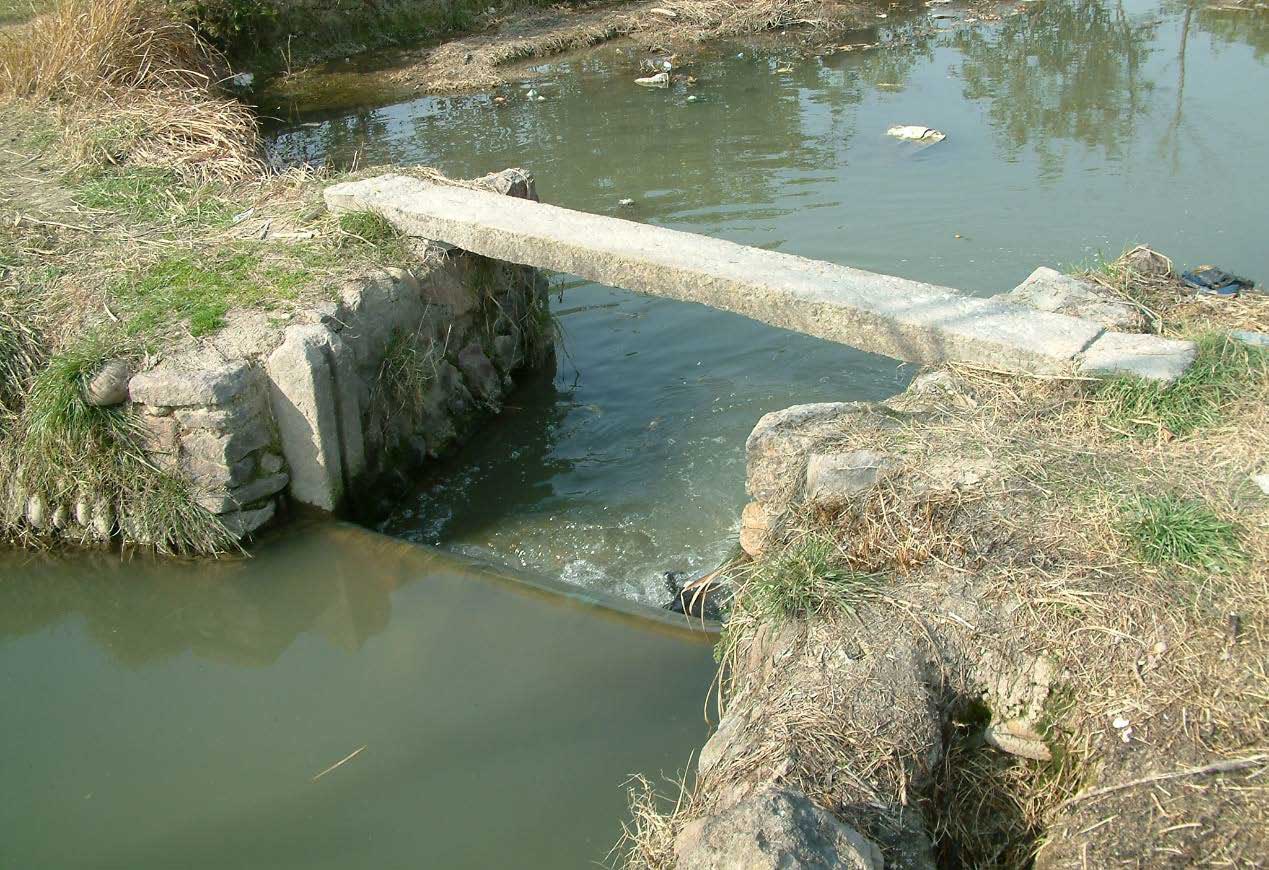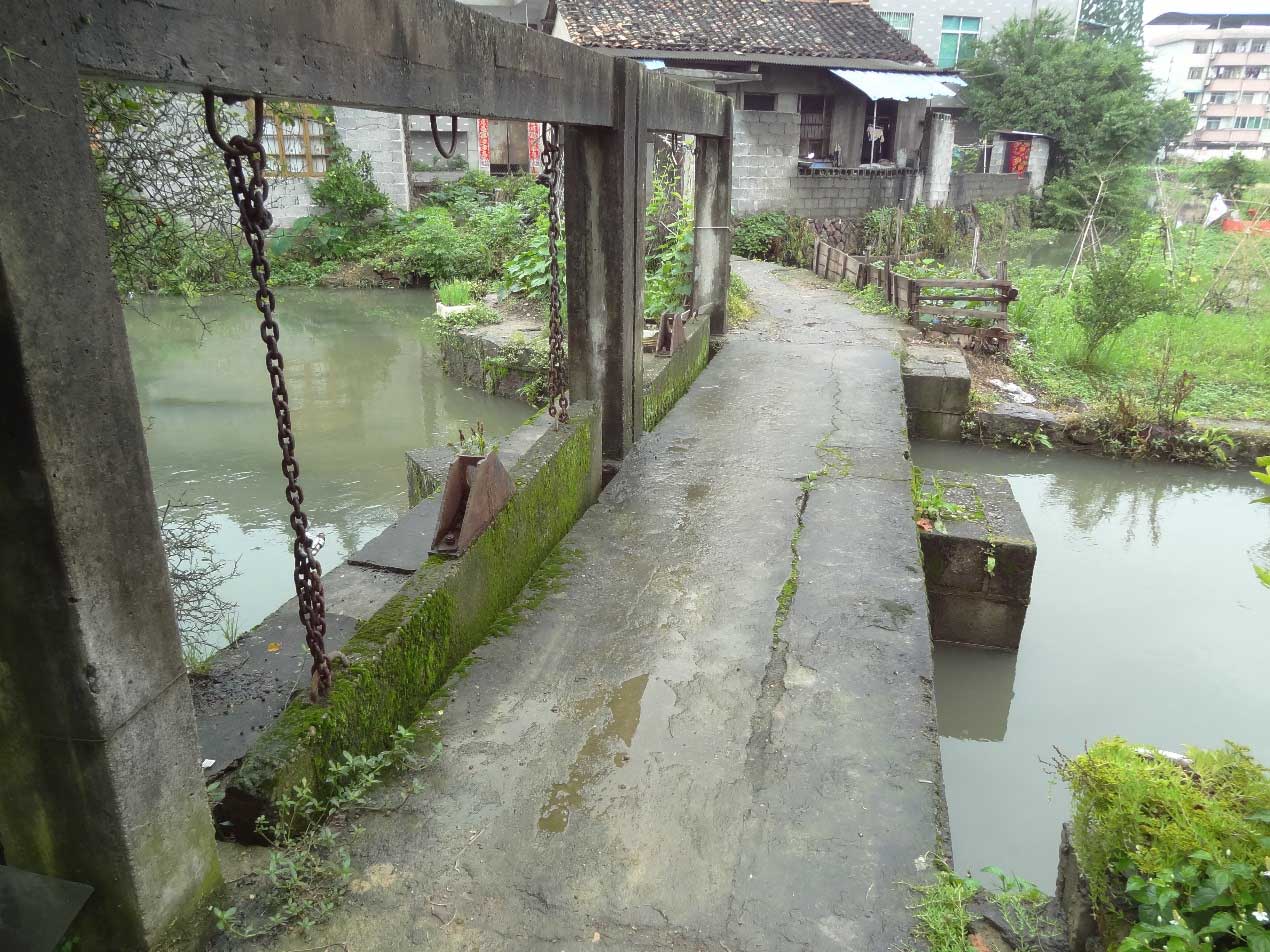Tongjiyan Irrigation Structure
Profile; ?>Tongjiyan irrigation system located in Bihu plains in the southwest of Zhejiang Province comprises of a dam, canal system with gates and an aqueduct, etc.Tongjiyan dam initially constructed in 505 AD across Songyinxi River, 1.2 km upstream of its confluence with Oujiang River.
According to historical records, the Tongjiyan irrigation systems constructed before the Tang Dynasty (618-907), and then improved gradually and become a bamboo-irrigation system with gates, main canal, branch canals, sub lateral canals, and ponds in the Song Dynasties (960-1279). The Tongjiyan dam,constructed as rock-filled timber crib with 270 m long is the earliest arch-dam in the world. The dam construction technology was the most advanced technological levels in the world in early 6th-century.
The dam used to get destroyed often during floods in Songyinxi River, necessitating it to be rebuilt in the next winter and spring seasons to meet irrigation needs. This practice continued for about 700 years when the weir was replaced by a stone masonry dam in 1205. A sand-flushing sluice and a ship lock were built subsequently on the dam. Since then the Tongjiyan dam project has become a multi-functional project for water storage, water diversion,with overflowing, sand flushing, shipping facilities etc. Although it has under gone repairs subsequently, the location, structure, and construction materials of the dam have remained unchanged to this day while undergoing minor repairs periodically.
The canal aqueduct is the earliest across-flows divided system in three dimensions in China. It was constructed in 1111. The existing Tongjiyan dam forms a low arch upstream of 120 degree. The length of dam is 275m. Its crest width and base width are 2,5m and 25m respectively.
The main canal feeds three canals. The middle canal is the longest and irrigates largest area among the three. It runs through the irrigation area of Tongjiyan and finally flows into the Oujiang River. It is called the secondary main canal with 18.12 km long. The secondary main canal feeds branch canals and its distribution system.There are altogether hundreds of branch canals and sub-lateral canals including the south and north branch canals, with more than 70 gates located along the canals.
According to historical records the irrigation area of Tongjiyan irrigation system had reached 2,000 ha by the thirteenth century. The scope of irrigation has not changed much since then. There are a number of ponds in the Tongjiyan irrigation system;some of them natural low lying areas, others dug manually. These ponds connect with the end of branch canals and sub-lateral canals and store the surplus water and serve to meet water demands in drought seasons.
The Tongjiyan irrigation structure was jointly managed by officials and people -local government taking the responsibility of maintenance and repair of the irrigation structure while the non-government organization taking the responsibility for water allocation among users which have been recorded in the management regulation of the Tongjiyan irrigation structure inscribed on a stone now standing in the Zhan-Nan Sima temple beside the Tongjiyan dam.
History records that the earliest Tongjiyan management regulation was made in 1092 and were further amended in 1169. The joint management system has lasted in the Tongjiyan irrigation area to this day.The management regulations had been framed in detail in respect of size of water gates, water allocation methods for irrigation, labors and materials of annual repairs, and maintenance of irrigation structures etc. With the development of society and irrigation technology, some new additions to the management regulations have been made.
HIGHLIGHTS
Country: China
Province: Zhejiang
Latitude : N. 28o 19 Longitude : E. 119 o 45
Built: 505 A.D.
River: Songyinxi
Irrigated Area: 2,000 ha
65th IEC Meeting, Gwangju, Korea, 2014
